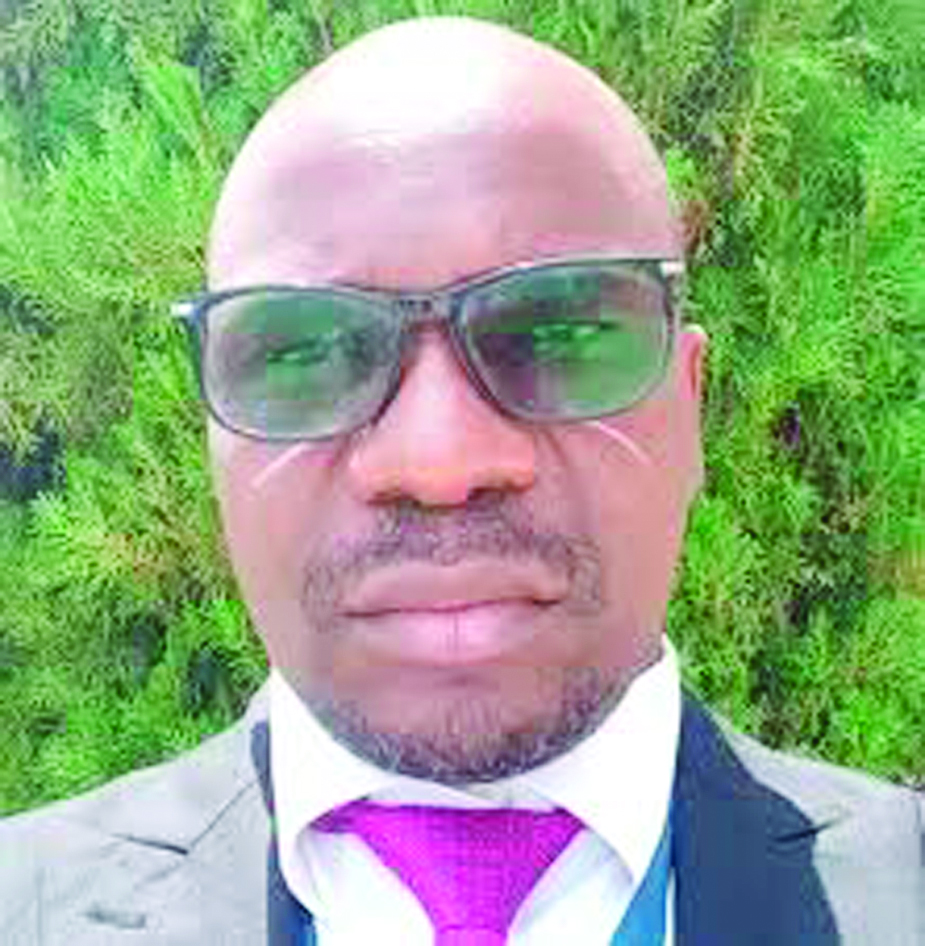
Mining & Trade News
Malawi Online News
Top Stories
Mining
Government to roll out ICE model in minerals sector
October 13, 2025 / Wahard Betha

Chikoti to ensure participation of youth, women, and people with disabilities in mining
Government is expected to roll out the Innovation, Creativity and Entrepreneurship (ICE) model in order to attract and uplift the youth, women and people with disabilities to take part in the mineral value chain.
In an interview with Mining and Trade Review, Acting Director of Mines in the Ministry of Mining Mphatso Chikoti said the ICE Model is a homegrown land marking tool for the maximization of youth appetite and eventual eminence attainment of the field.
Chikoti said the ICE model will attract young generation with environmental-friendly technologies to venture into the mining sector to promote a key trading element of traceability that will assist investors and traders with smart deposits location.
He said the ICE model will ensure that trade integrity and sustainable investment as gem sellers are traced to determine selling points and prices too.
Chikoti said: “The Innovation, Creativity and Entrepreneurship model idea is to ensure that youth, women and people with disabilities are the ones that participate in all mining and minerals value chain including in supply system, transportation, and provision of skilled labour. “
“We need a participative approach towards mining development and investments through application of ICE because as a country, we have potential to scale up revenue sources through mineral exports.”
“It is possible to liberate ourselves from the International Monetary Fund (IMF) loans. We may be geographically characterized as small but in terms of availability and potential of our mineral resources, we fall in the group of China and Russia.”
Commenting on the development, Founder and Director of Tithandizane Youth Support Organisation operating in Balaka Aubrey Duwa commended the model saying once it comes into play it will help in fulfilling the agendas and projects that the organization is implementing in the district.
Duwa said the organization is currently mobilizing youths operating in Artisanal Small-Scale Mining (ASM) to formulize cooperatives which they feel with the coming of ICE model will be easier for them to operate.
He said: “As Director and a young person from the mining community of Balaka I really support the model because we are doing capacity building for ASMs.”
“We feel that if we formalize ASM groups that the youth have got in Kangankunde, and surrounding areas, they will benefit from the model.
“Our plan is to form mining cooperatives. We are sure that through the cooperatives, the element of entrepreneurship will be embedded in the groups.”
“There is also the element of training the cooperatives on how to add value to the precious minerals as well as how to directly and indirectly market the gemstones to international markets without the use of middlemen to maximize their benefits.”
A female advocate for Youth in Mining Aisha Magula lauded the program but said it will only be beneficial if the government implements what is enshrined in the model.
Magula said: “The model is a good idea if indeed what is outlined in the model is going to be implemented on the ground because the biggest problem that we, Malawians, have is that we are good at producing documents but we fail to implement practically what has been outlined in those documents.
“But even so I believe that if we make good use of the model practically it is going to address unemployment, provide entrepreneurship and technological skills and will enhance partnership and interdependence between the mining communities, companies and government which will help eradicate poverty among youth and women in our societies.”
Meanwhile, the Ministry of Mining is at advanced stage in creating a first ever Gold Marketing Board to foster an excellently-structured national marketing system.































